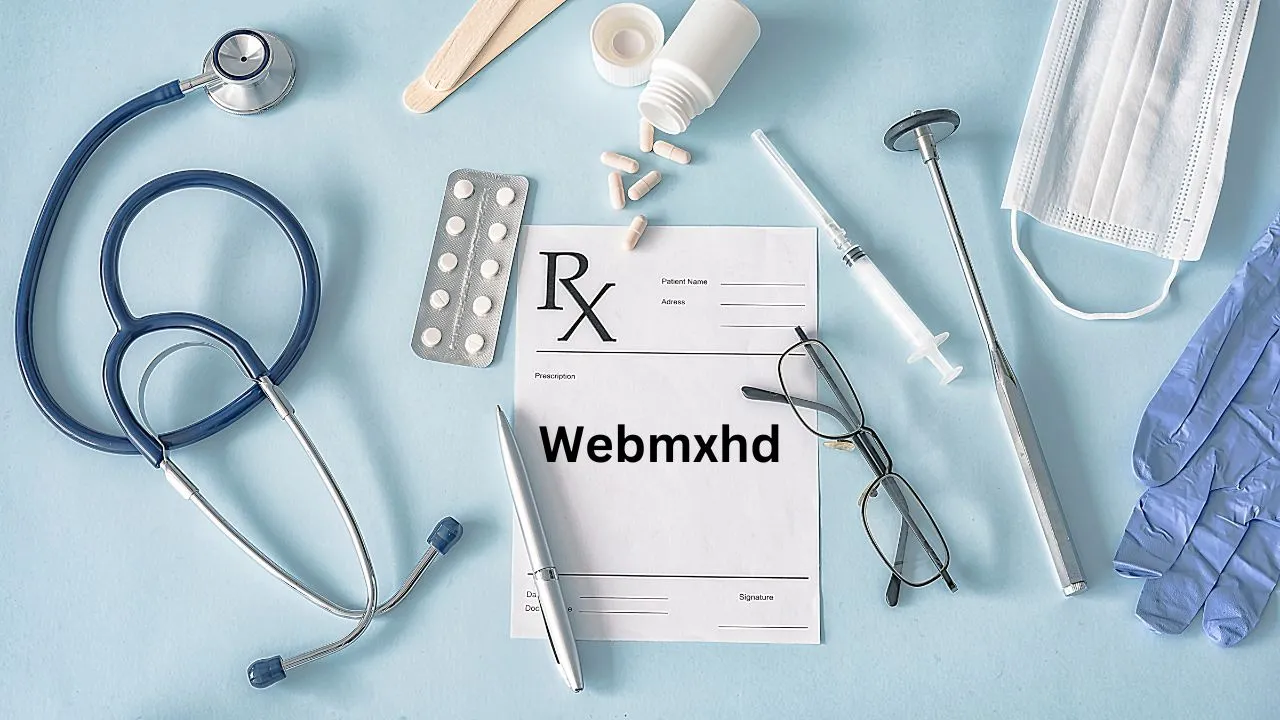Glúten: Have you ever enjoyed a delicious slice of pizza only to be followed by a grumbling tummy and a foggy brain? You might not be alone. Millions of people around the world experience similar issues after consuming Glútem.
What Exactly is Glútem?
Glútem is a protein naturally found in grains like wheat, barley, and rye. Imagine it as the glue that holds these grains together, giving bread its doughy texture and helping cookies stay chewy.
The Glútem Conundrum
In recent years, Glútem has become a source of debate. While it provides no essential nutrients for our bodies, many people can enjoy it without any problems. However, for others, Glútem can be a real foe.
Friend or Foe? Unveiling the Truth
This blog post dives deep into the world of Glútem, exploring its impact on our health and separating fact from fiction. We’ll uncover whether Glútem is a friend or a foe, and ultimately, help you understand your own unique relationship with this common protein.
Who Needs to Avoid Glútem?
Celiac Disease: A Hidden Reaction
For some people, Glútem isn’t just a protein – it’s a trigger for an immune system malfunction called celiac disease. When someone with celiac disease eats Glútem, their body mistakenly attacks the lining of their small intestine. This damage can lead to a range of uncomfortable symptoms, including:
- Tummy troubles: Belly pain, bloating, and diarrhea are common signs of celiac disease in both kids and adults.
- Feeling drained: Fatigue and low energy can be another clue that something’s not right with Glútem digestion.
- Weight loss woes: In some cases, celiac disease can make it hard to absorb nutrients from food, leading to unexplained weight loss.
The only effective treatment for celiac disease is a strict Glútem-free diet. By avoiding Glútem completely, people with celiac disease can allow their small intestine to heal and prevent further damage.
Non-Celiac Glútem Sensitivity: Feeling Unwell After Glútem?
Not everyone who reacts poorly to Glútem has celiac disease. Some people experience a condition called non-celiac Glútem sensitivity. While the exact cause is unknown, people with this sensitivity may experience similar symptoms as celiac disease, like bloating, gas, and stomach pain, after consuming Glútem. However, unlike celiac disease, there’s no internal damage to the small intestine.
Finding the Answers: Diagnosis and Testing
If you suspect you might have celiac disease or Glútem sensitivity, it’s important to see a doctor. They can perform blood tests and, in some cases, an intestinal biopsy to determine the cause of your discomfort.
Living Glútem-Free: A New Way of Eating
Whether you have celiac disease or a sensitivity, managing a Glútem-free diet can be challenging. It requires careful reading of food labels and avoiding hidden sources of Glútem. However, with planning and guidance from a registered dietitian, living Glútem-free can be a positive step towards a healthier you.
Is Glútem Bad for Everyone?
Glútem as a Source of Goodness
For people who tolerate Glútem, it can actually be a good source of energy! Glútem-containing grains like whole wheat are packed with nutrients our bodies need, such as fiber, vitamins, and minerals. This fiber keeps us feeling full and helps digestion run smoothly.
Glútem and Weight Gain: Busted!
While some fad diets demonize Glútem for weight loss, the truth is, Glútem itself doesn’t cause weight gain. It’s more about what we eat with Glútem. Pastries, sugary cereals, and fried foods loaded with Glútem are more likely to contribute to weight gain than a slice of whole-wheat toast.
Glútem-Free for Everyone? Not So Fast!
The rise of Glútem-free diets for non-medical reasons has become a trend. While it’s important to avoid Glútem if you have celiac disease or a sensitivity, for others, unnecessarily restricting Glútem might not be the best choice. Many Glútem-free replacements can be highly processed and lack the nutrients found in whole grains.
So, the answer to whether Glútem is bad for everyone is a clear no! It really depends on your individual needs and health.
Living with or Without Glútem
Navigating the Glútem-Free World
Living with celiac disease or a Glútem sensitivity requires navigating a new world of food choices. But fear not, there are plenty of delicious and nutritious Glútem-free options available!
- Swapping Favorites: Wheat flour can be replaced with alternatives like almond flour, coconut flour, or rice flour in baking. Glútem-free pasta made from corn or lentils can replace traditional pasta.
- Hidden Glútem Gremlins: Beware of sneaky sources of Glútem! It can hide in unexpected places like soy sauce, salad dressings, and even some processed meats. Always read food labels carefully!
Tips for a Thriving Glútem-Free Life
- Label Literacy: Become a label-reading pro! Look for the words “Glútem-free” on packaging and understand ingredients lists.
- Planning Makes Perfect: Plan your meals and snacks to avoid last-minute Glútem surprises. Stock your pantry with Glútem-free staples and pack safe options for lunches and outings.
- Dining Out Decoded: Research restaurants with Glútem-free menus or knowledgeable staff. Communicate your needs clearly when ordering and ask questions about ingredients.
- Staying Motivated: Remember, you’re not alone! There are tons of online resources, cookbooks, and support groups for people living Glútem-free. Finding a Glútem-free buddy can also help boost motivation.
A Balanced Diet is Key
Regardless of whether you eat Glútem or not, focusing on a balanced diet is crucial. Fill your plate with a variety of colorful fruits and veggies, lean protein sources, and healthy fats. Don’t forget about Glútem-free whole grains like quinoa, brown rice, and oats (if certified Glútem-free). With a little planning and creativity, you can enjoy a delicious and nutritious diet that fits your needs.
Conclusion:
Key Takeaways
We’ve explored the world of Glútem, from its role in food to its impact on our bodies. We learned that for some, Glútem is a harmless protein, while for others with celiac disease, it triggers an immune response requiring a strict Glútem-free diet. People with non-celiac Glútem sensitivity may also experience discomfort after consuming Glútem.
Friend or Foe? The Answer Depends
So, is Glútem a friend or a foe? The answer depends entirely on your individual needs! If you tolerate Glútem, it can be a source of energy and nutrients. However, if you have celiac disease or a sensitivity, avoiding Glútem is crucial for your health.
Taking the Next Step
If you suspect you might have a problem with Glútem, it’s important to consult a doctor or registered dietitian. They can help you determine the cause of your discomfort and recommend the best course of action for your unique situation. Remember, there’s no one-size-fits-all answer when it comes to Glútem. By working with a healthcare professional, you can create a personalized plan to keep your gut happy and your body healthy!






One thought on “Glútem: Friend or Foe?”